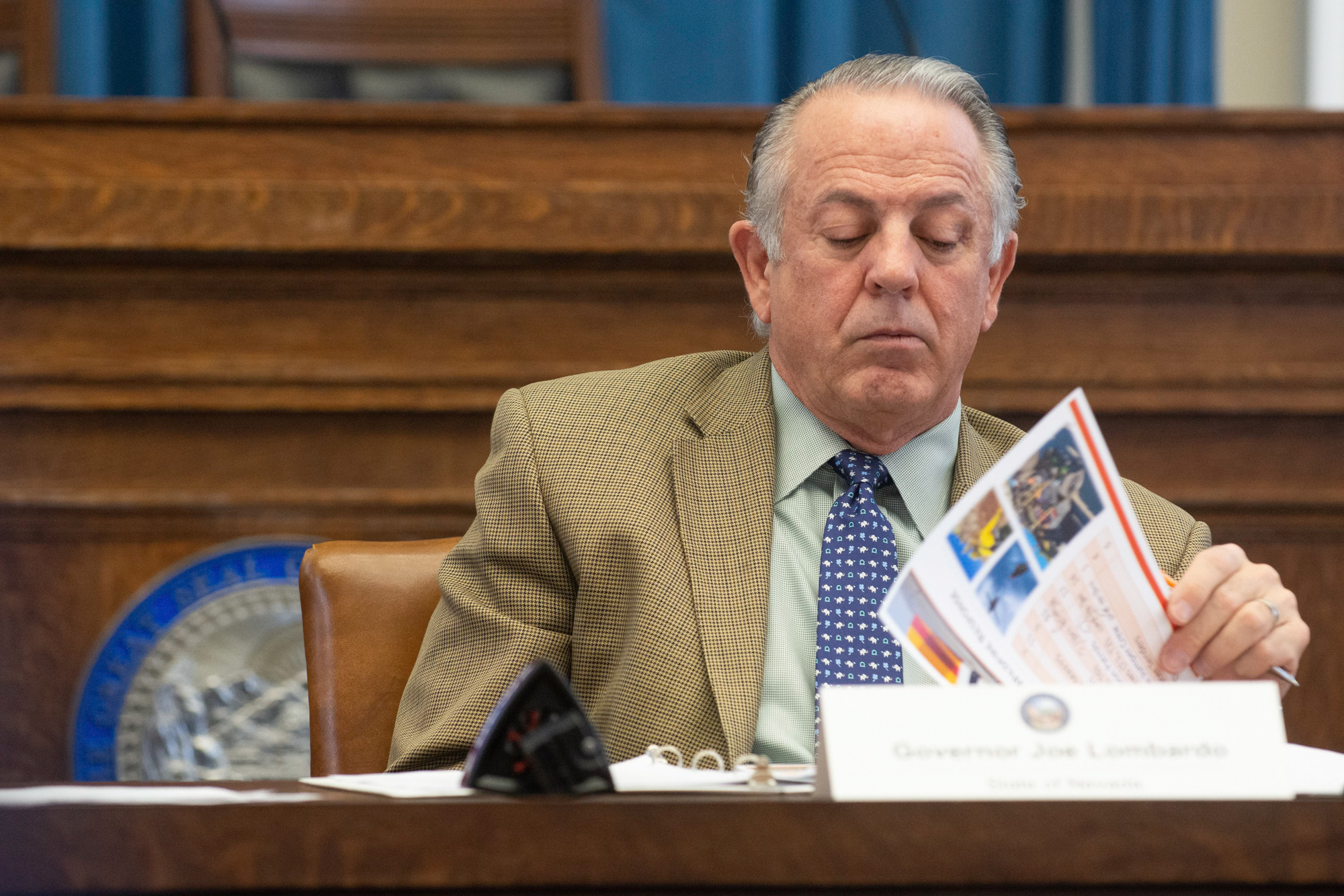Nevada’s exit from the U.S. Climate Alliance fuels needless alarmism

In July, Gov. Joe Lombardo was roundly criticized for withdrawing Nevada as a participating state from the U.S. Climate Alliance — just at a time when states in the Southwest were experiencing record temperatures. The harshest critics pounced.
But we need to be real about the outcome: Nevada’s exit from the U.S. Climate Alliance will have no impact on climate change.
It is healthy to criticize policy decisions of our elected leaders when criticisms are due. But criticisms bordering on ludicrous assertions are not healthy. The interim director for the nonprofit communications organization Battle Born Progress, for example, was given media attention when she called Lombardo’s move “reckless” and one that would “further endanger the planet and local communities.”
Other wild statements about climate change routinely proliferate the media, such as those that used the tragic fires in Maui to further spread alarmism. Never mind that the root cause for those fires was invasive grasses that grew unabated for years in the area around Lahaina.
As someone concerned about the need to lower man-made greenhouse gas emissions but suspect of the hysteria propagated by extreme climate-change activism, I wanted to better understand the impact of Nevada’s lack of engagement in the Climate Alliance so I did some research.
The alliance was formed in 2017 to counter the withdrawal of the United States from the Paris Climate Accords under President Donald Trump’s administration. Today, 23 states and two U.S. territories participate in the alliance. Its primary goal is for member states to reduce carbon emissions 50 percent below 2005 levels by 2030 and achieve net-zero emissions by 2050.
The alliance describes itself as a bipartisan effort to combat climate change— and it is, but just barely. Twenty-two of the 23 member states are led by Democrat governors.
The fact that nearly half the states in the nation are not in the alliance does not mean those non-affiliated states are not implementing serious emission-reduction strategies. Montana, for instance, is not in the alliance but in 2019 established an executive target to achieve economy-wide greenhouse gas neutrality between 2045 and 2050. Georgia, another state not in the alliance, has similar goals.
According to the Center for Climate and Energy Solutions, Nevada is one of a handful of states with stringent statutory emissions-reduction targets. Compared to 2005 levels, the Silver State by law is committed to reducing greenhouse gas emissions by 28 percent by 2025, by 45 percent by 2030, and reach near-zero emissions by 2050. These targets are as strong as those of most any state.
Climate-change alarmism is not working. What alarmism does quite well, however, is foster skepticism. People are wary of the unfettered, unscientific fear mongering that feeds the media pipeline with one existential crisis after another. What the public really desires are real facts about global warming and the implementation of sound and economically feasible emission-reduction strategies to counteract it.
The rapid push for electric vehicles to fight climate change is one strategy that has many critics. Electric vehicles are commonly called ZEVs, or zero-emission vehicles. To many, this is another example of deception because EVs are not zero-emission, at least not when the vehicles’ life-cycle assessments are considered.
Numerous studies show the carbon footprint from EVs can be substantial when considering emissions generated from additional mining to produce lithium batteries, and up through the vehicle’s life, including battery disposal. That is, EVs carry their own environmentally damaging baggage that cannot be measured by only comparing what comes out of tailpipes. This is not to suggest we should not electrify certain modes of ground transportation. But we should do so methodically by, as one example, ensuring the additional electrification needed to power EVs can be sourced by clean energy.
Reducing greenhouse gasses is a long-term effort; results will not be felt for many years or possibly a generation. The recent report published by the World Meteorological Association estimates global emissions will fall by a small fraction of what is needed in coming decades to limit warming to the widely accepted benchmark of 1.5 degrees Celsius. Energy security is and will remain the highest priority, especially in places that don’t have it.
Nevada is part of the global challenge to meet set emission goals. According to a recent report by the Division of Environmental Protection, Nevada is projected to reduce emissions by only half of the statutory goal of 45 percent by 2030. With a growing transportation sector, and the emissions that will grow with it, maybe the goals of the U.S. Climate Alliance really do not align with what is feasible here. Surely there are other states — whether they are willing to admit it or not — in the same boat.
Despite the projections that show greenhouse gas-reduction goals worldwide are nowhere within reach, we must nonetheless continue efforts to reduce emissions to help lower global temperatures. But it’s time to stop the unsubstantiated, fear-based rhetoric about climate change that does nothing to help cool things off.
Michael Raponi is a contributing columnist for The Nevada Independent and may be contacted at [email protected].
